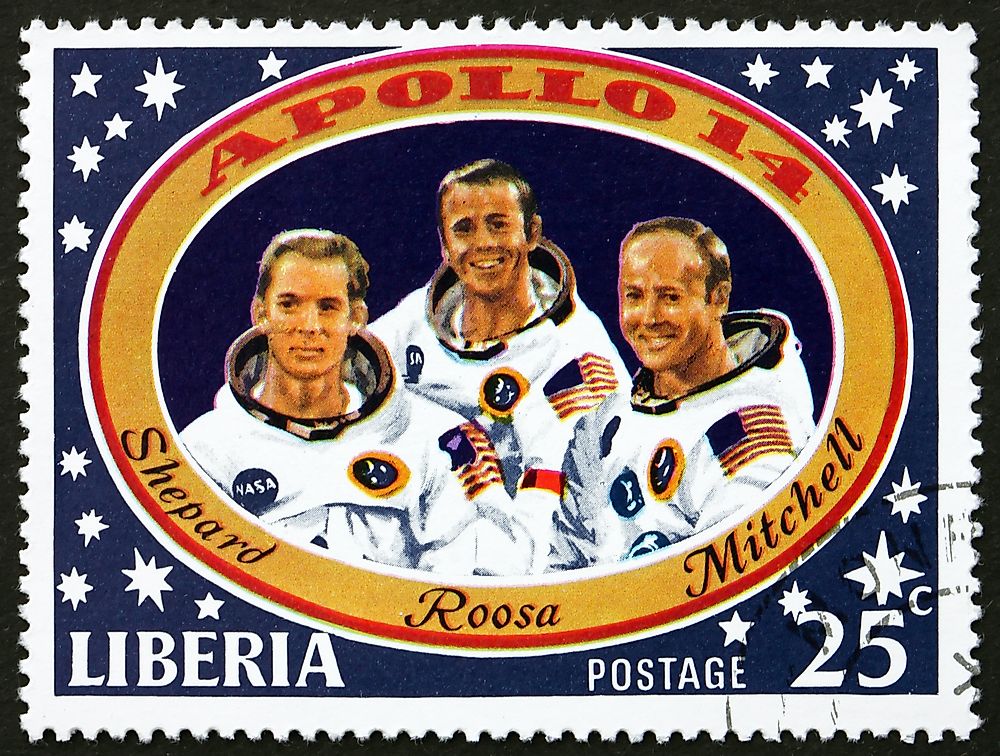Which Sports Were Played On The Moon?

On January 31st, 1971, Apollo 14 lifted off to start their nine-day mission to the moon. Apollo 14 was the eighth manned mission of the Apollo program and the third to land on the moon. It was also the last of the H-missions in the program. The H-missions involved a precision landing and up to two-days being spent on the moon with two moonwalks on the lunar surface.
Apollo 14's Mission
While on the moon, Shepard and Mitchell were to fulfill the major mission objectives that Apollo 13 was unable to do at the Fra Mauro formation. These objectives were to survey and collect samples from the Imbrium Basin, deploy and activate the Apollo Lunar Surface Experiments Package (ALSEP), and take photos of future possible exploration sites.
However, due to the last mission being unable to land on the moon changes were made so that a larger amount of lunar material and scientific data could be collected. This was made possible by the addition of the modular equipment transporter (MET). The MET was a collapsible two-wheeled cart, that could carry various tools and transport collected samples from the moon's surface.
This mission was important given the accident and emergency return of the manned crew of Apollo 13 in April 1970, which was originally supposed to be the third mission to landed on the moon. Luckily, Apollo 14 ran into no such problems. While astronauts Alan Shepard Jr. (1923-1998) and Edgar D. Mitchell (1930-2016) landed on the Moon on February 5, Stuart A. Roosa (1933-94) stayed in lunar orbit on the command module performing scientific experiments and taking photos to document the moon.
The First Lunar Olympics
During their time on the lunar surface Shepard and Mitchell performed two extravehicular activities (EVAs) for a combined total of just over 9 hours. It was during this time that Shepard famously played golf on the moon, as he had brought along the golf club head of a six iron club, which he attached to the handle of one of the lunar excavation tools.
Using two golf balls he took three one-handed swings, missing the ball on his first attempt. He then made contact on his next two swings, with him declaring that his second ball hit traveled miles and miles and miles. Meanwhile, Mitchell took a lunar scoop handle and threw it like it was a javelin. In a 2011 interview with ABC to discuss the 40th anniversary of the event, Mitchell said that his javelin throw went further “by about 4 inches” then Shepard's golf shot.
The duo would leave the moon's surface on February 6th and three days later the astronauts arrived back on Earth when their command module landed in the South Pacific Ocean.











